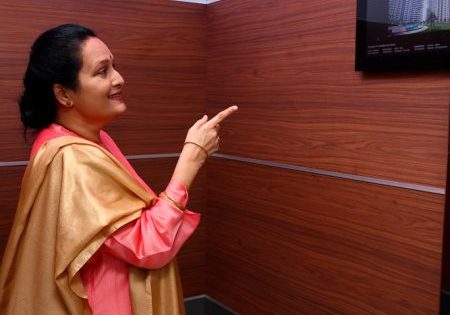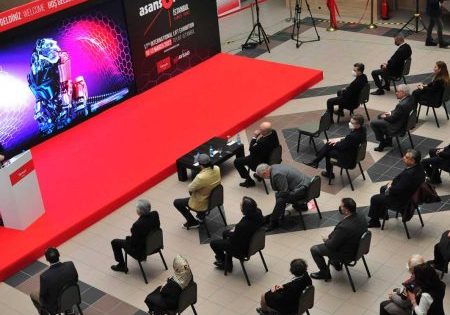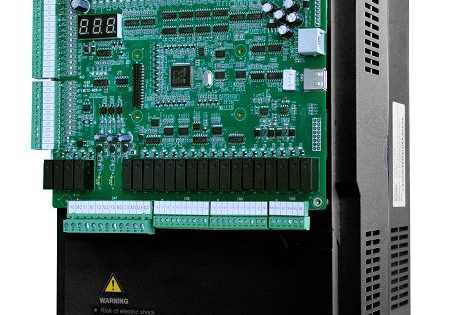Lift industry players tout energy-saving technologies.
The threat of global warming has forced all industries around the world to think about and work in the direction of green energy, energy saving and creating carbon credits. It is estimated that a significant amount of world energy (over 35%) is used in building activities and, out of that, about 5-10% of building energy is used by elevators and escalators. Elevator companies around the globe are putting their best efforts toward developing new designs and technologies that reduce energy consumption. Engineers want to find ways to conserve energy when the elevator is running and, more critically, when the elevator is not running.
The concept of “green elevators” places a lot more responsibility on the elevator industry to reduce the overall carbon footprint through their whole process, from design to manufacture, installation, service, modification and upgradation.
The process of obtaining raw materials, manufacturing, installing and maintaining elevators also play a major role in energy saving. The concept of “green elevators” places a lot more responsibility on the elevator industry to reduce the overall carbon footprint through their whole process, from design to manufacture, installation, service, modification and upgradation.
While selecting an elevator or escalator, customers will also look for energy-efficient products, green manufacturing facilities and remote service capabilities. Major elevator manufacturers have already started working on these lines. One can notice the changes brought by Otis, KONE, TK Elevator (TKE, formerly thyssenkrupp) and Schindler. Some are highlighted here:
- Otis has developed and patented the Gen2® switch battery-powered elevator, which works on solar and wind power and uses less power than a hairdryer.
- KONE’s eco-efficient solution cuts energy consumption by slowing down or stopping the escalator when it is not in use, or by increasing the efficiency of the motor when traffic volumes are low. KONE’s destination control system optimizes traffic, which reduces the size and number of elevators needed in a building. The company’s high-rise hoisting technology, UltraRope™, too, cuts the energy consumption of a 500-m elevator ride by 15%, and its regenerative solution provides energy savings of 20-35% by recovering the energy that is released when the elevator is used.
- TKE became the first company to retrofit an existing elevator to achieve net-zero energy. The project, which took place in Boston’s historic district, tested energy-generating cars that divert power back to the electrical grid. Eighty percent of their equipment components are recyclable.
- Schindler has partnered with some of the most well-known green buildings in the U.S., including Hearst Tower, the first building in NYC to receive LEED Gold certification (it’s since been awarded Platinum status).
Some of the major initiatives taken by elevator industry in this regard are summarized as:
- Introduction of polyurethane (PU)-coated steel belts: Lightweight, lubrication free, PU coated steel belts in place of steel wire ropes are being used widely to further reduce energy consumption.
- Roller guides: Usage of roller guides is also helping to eliminate the usage of lubricants on guide rails. This further improves equipment efficiency and the environment.
- Regenerative drives: Green elevators do not mean simply reduced energy consumption. By using regenerative drives, energy is recovered and fed back to the supply line. This energy was earlier wasted or dissipated as heat. These initiatives produce power that can be used for other purposes, like lighting and air-conditioning. It helps minimize the cooling required for the machine room area with less heat generated by elevators. Regenerative drives also reduce the power consumption during high-usage periods.
- Machine-room-less (MRL) technology: One of the biggest reforms happened in the middle of 1990 since electric traction elevators came into operation some 100 years ago. MRL elevators use a high-efficiency permanent-magnetic gearless motor that reduces energy consumption by 50%, compared to a geared system.
- AI and destination-based dispatch control logics: Elevators consume the least energy when they are loaded between 45-50% of their capacity. Green elevator designs aim to group traffic in buildings in a manner that ensures elevators run in a lesser power consumption mode. Their destination-based dispatch system tries to group the traffic to reduce the frequency of elevators running with less loading trips.
In addition to the above, some well-known and established energy-saving changes already introduced are:
- Variable-voltage, variable-frequency (VVVF) drives
- Disc braking system
- LED lights
- Recycled construction materials
- Sleeping elevators (fan and light, drive all switched off when there is no call).
These are the steps taken up by Indian elevator industries. The government is also encouraging such initiatives.
For escalators, the most common way to improve energy efficiency is to implement a speed control system that reduces escalator speed when it is unloaded. This is usually done by implementing a two-speed control by means of a two-speed motor or a VVVF converter. This is also an effective method of saving energy.
Get more of Elevator World. Sign up for our free e-newsletter.








